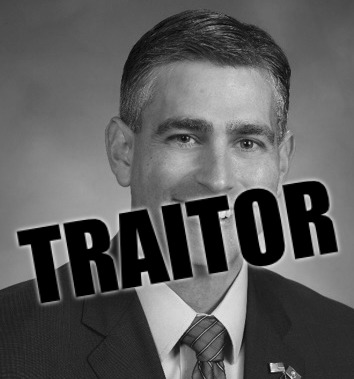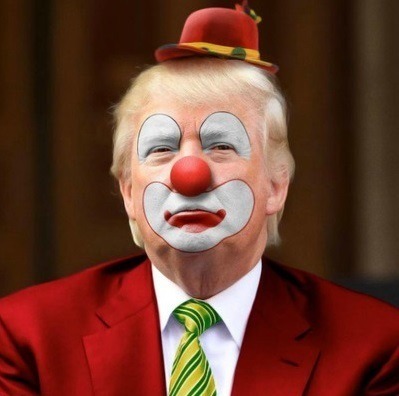In a move that feels both absurd and deeply unsettling, President Donald Trump’s “America First” tariff policies are doing exactly the opposite—driving U.S. allies straight into China’s embrace. Just days ago, China, Japan, and South Korea, countries traditionally aligned with the U.S., came together to form a unified front in response to U.S. tariffs. The three nations reached an unprecedented agreement to counteract the economic fallout from Trump’s trade war.
It’s baffling: in a stunning twist of irony, the very policies designed to “put America first” seem to be pushing our closest allies into the arms of our greatest geopolitical competitor. As of now, Japan and South Korea are looking to increase semiconductor imports from China, while China is eyeing imports of semiconductor products from the two U.S. allies. The three countries have also agreed to improve supply chain cooperation and have begun discussions on a trilateral free trade agreement aimed at strengthening regional and global trade.
The consequences of these moves are both immediate and far-reaching. By imposing tariffs that target these key partners, President Trump has inadvertently created an economic axis in Asia that is not only less reliant on the U.S. but is now actively fostering stronger ties with China—America’s main trade adversary.
So, what exactly are we protecting with “America First” policies? Because right now, it feels more like “America Last.” As Trump pushes tariffs designed to bolster American industries, he’s alienating the very countries that should be our partners, all while enabling China to strengthen its grip on global trade. The absurdity is hard to ignore—our tariffs are directly helping China gain influence, while America seems to be left standing on the sidelines.
This is not how anyone expected the story of global trade to unfold in 2025. Instead of fortifying alliances and securing America’s place in the global economy, Trump’s tariffs seem to be weakening our position. “America First” is rapidly becoming the policy that puts America last. It’s time to ask: who exactly are these tariffs benefiting, and what is the real cost of chasing our allies away?
Only time will tell how this miscalculation will shape the future of U.S. global influence. But for now, the picture is clear—America’s trade war is a losing proposition.




